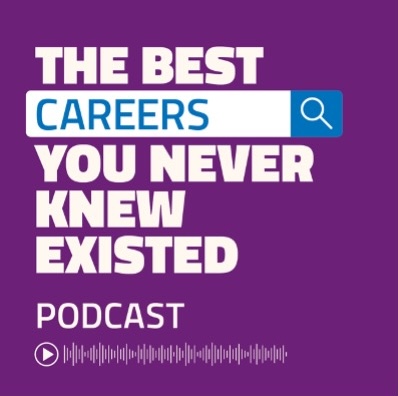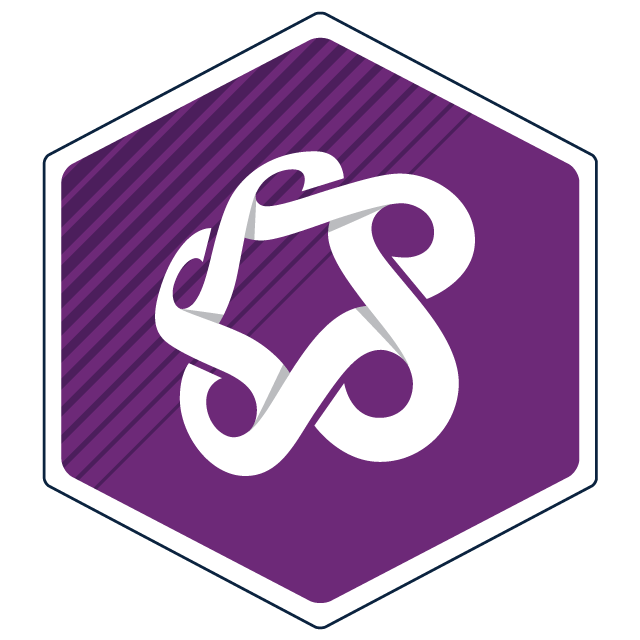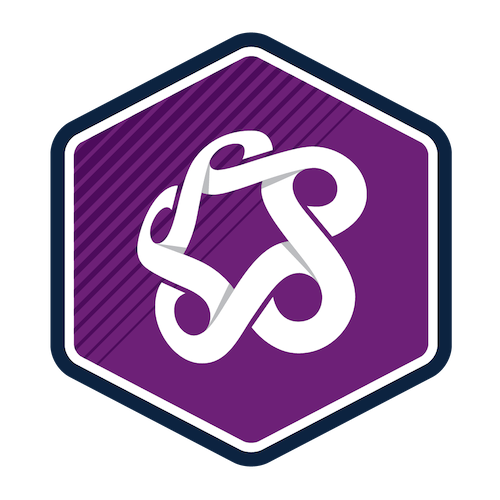Overview
Workers with expertise in designing, constructing, operating and maintaining carbon capture and storage (CCS) infrastructure are crucial. A skilled workforce is essential to increase the scalability and affordability of CCS as a pathway to net zero in Canada.
This course covers carbon capture process conceptualization and considerations for techno-economic objectives, constraints, and processes. We'll examine mechanical, electrical and instrumentation design and life cycle assessment.
Designed for those in engineering and design, this course will expand your expertise to apply engineering design principles and standards to the design of post-combustion CO2 capture processes and processing units. This course is also relevant for anyone interested in better understanding the design of carbon capture infrastructure.
The course is part of our CCS micro-credential series, created for energy services workers, engineers, geoscience professionals, operators, technologists or trades professionals looking to upskill.
You must complete ENVS 011 - Introduction to Carbon Capture and Storage (CCS) before you can register for this course.
You must be a minimum of 18 years of age by the start date.
Upon successful completion of this course, you'll be able to:
- describe the different carbon capture technologies and processes and their technical readiness, benefits and limitations
- outline sector-specific applications for CCS, including strengths and weaknesses
- describe the components, objectives and constraints associated with post-combustion carbon capture processing
- develop and document capture process design work packages and related mechanical design work packages
- document related electrical and instrumentation design requirements
- conduct a life cycle assessment (LCA) for the carbon capture process and use outputs of the LCA to inform and improve carbon capture processing.
You'll demonstrate your skills and knowledge through quizzes, written assignments and exams. All coursework must be completed as outlined in the course schedule and no later than the course end date.

Unlocking Careers in Carbon Future Careers
Upcoming dates
Select an available section and add it to your cart. When you're ready, proceed to check out to sign into your student account and complete your registration.
Don't have a student account? Let's set one up!
Registration closes seven days before the start date for on-campus, online scheduled, and blended courses, and one day before the start date for online self-paced courses.
After you've completed this course
Upon successful completion of this course, you'll be able to self-print a proof of completion document from your Continuing Education student account.
Micro-Credential
Aligned to current industry standards, SAIT’s micro-credentials develop practical, real-world skills and include competency-based testing. Earning a SAIT micro-credential demonstrates to employers you have the required competencies — both skills and knowledge — to get the job done.

Students who successfully complete this course with a final grade of A- (80%) or higher will earn a micro-credential and receive a shareable digital badge.
Costs
Textbook and reading list
All required course materials are included in your tuition fees.
Technology
To be successful in this course, you'll need:
- Access to your own computer or laptop with standard hardware/software requirements.
- Internet access
A functional webcam and microphone are recommended to allow for a more collaborative learning experience.
Financial support
Financial opportunities are available to help pay for your course fees. Learn more about how to reduce your education or training costs with available awards, bursaries, loans and grants, including the Canada Alberta Productivity Grant.
Applicable certificates
This course applies to the following certificate programs:

Train your team
Interested in group training opportunities for this course? Tell us about your organization's needs, and one of our training consultants will contact you within one business day.

Oki, Âba wathtech, Danit'ada, Tawnshi, Hello.
SAIT is located on the traditional territories of the Niitsitapi (Blackfoot) and the people of Treaty 7 which includes the Siksika, the Piikani, the Kainai, the Tsuut’ina and the Îyârhe Nakoda of Bearspaw, Chiniki and Goodstoney.
We are situated in an area the Blackfoot tribes traditionally called Moh’kinsstis, where the Bow River meets the Elbow River. We now call it the city of Calgary, which is also home to the Métis Nation of Alberta.
